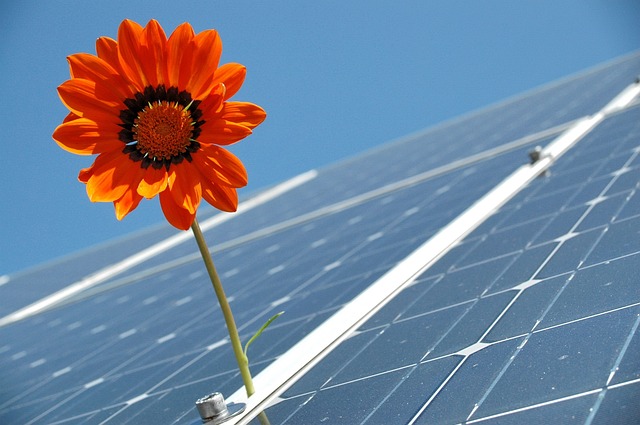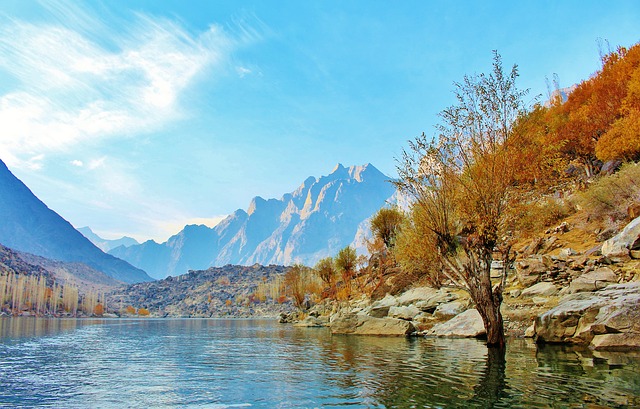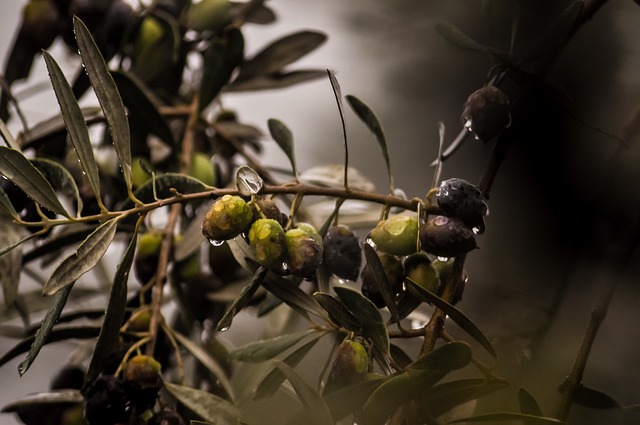Introduction: Need for Eco-Friendly Inventions
Since the dawn of the Industrial Revolution and the consequential increase in carbon dioxide emissions and other pollutants in the atmosphere, the environment has been degrading gradually. However, latest developments in technology have made it possible to offset the negative impacts of these emissions in an attempt to reduce its effects on Earth. Also read: Role Of Technology In Environment Protection And Restoration and AI And Its Role In Environmental Protection And Restoration
Also check out another similar list: 15 New Technologies for Improving Our Environment
Here are 10 cool eco-friendly inventions that can help protect the environment.
- Seed Missiles: Also known as Tree Planting Drones. These are drones that fly over lands and fire seeds into the ground so that it can be repopulated or rehabilitated with trees to eventually form a forest. This is an effort to diminish the effects of land clearance and deforestation due to urbanization. This invention has made it possible to plant seed in areas that are remote and inaccessible to humans with successful results.
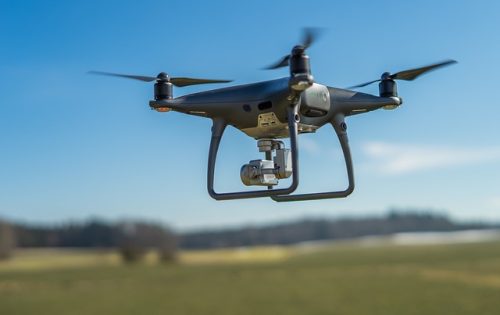
- Recycled Plastic Roads: As can be understood from the name itself, these roads are made from recycled plastic waste instead of concrete or asphalt (which is derived from petroleum) and minerals. This plastic waste is used to extract polymer composites which is then used to make these roads. It is not only a great way of reusing the plastic waste that is occupying our landfills and polluting our oceans but also great for the environment as normal road construction generates carbon dioxide emissions and high heat whereas reusing plastic allows us to work at a lower temperature with no emissions or use of fossil fuels in the construction or manufacturing stage and at the same time we are also relieved of solving the problem of plastic waste disposal.
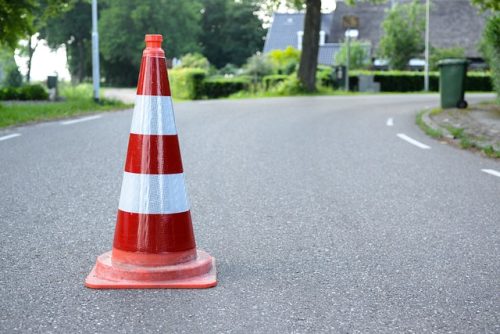
- Fish-Friendly Hydroelectric Turbines: Renewable energy resource are the best alternative we have to fossil fuels and they can fulfil our electricity needs as seen by the use of hydropower plants and hydroelectric turbines. These generate electricity by converting mechanical energy (which comes from the moving of the turbine fan due to the water movement). However, hydropower turbine fans move horizontally that can harm the aquatic ecosystem in which they are built. The horizontal movement of the fans prevent the fish from passing safely through the fans and in a way cause habitat fragmentation (since the stream or water way where it is built is now divided into two parts). Fish-friendly hydroelectric turbines have been developed which improve not only the efficiency, but also the fish mortality rate by 90% as the fan moves vertically instead of horizontally.
- Coco-Pallets: Shipping or Transports pallets made by wood and used to store, transport and support various goods and other stuff can be made by coconut waste. Coconut trees are adaptable and can grow in all sorts of soils yet, the waste produced during their harvest is more than 85% and only 15% is used or reused. The waste is usually burned or disposed in a landfill which is harmful and produces emissions. Therefore, instead of cutting down forests to make wooden pallets, abundant coconut waste in the form of hairy husks of coconut shells which contain natural glue are used to make these shipping pallets and conserve not only trees but also reduce carbon emissions. Each pallet requires about 60-70 coconut husks and have a easily portable design. It is particularly used in Asia.

- Anti-Waste Crayons: These are marketed as Oyasai Crayons and are made from fruit and vegetable peels and other waste. The production of normal wax crayons require certain petroleum fractions as well as emit VOCs in the air. Moreover, not all of these crayons are non-toxic. However, these anti-waste crayons are made from natural ingredients by using organic waste like rice oil and wax and other plant based ingredients and pigments extracted from parts that are typically burned or considered waste during harvest of crops. These crayons are also non-toxic because they are made with natural ingredients.
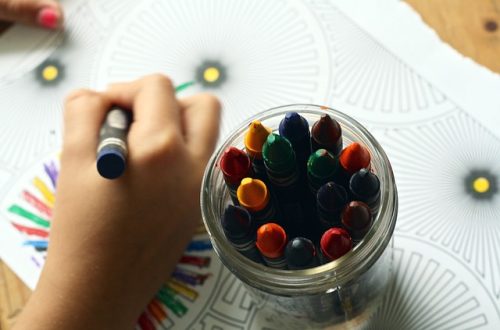
- Bamboo Bottles: New bamboo shoots require only 8-12 inches of water per week yet grows 1.5 inches per hour. This is why it can grow quickly even if we cut it often. Bamboo has been suggested as an alternative for many things like cotton as well as plastic. Bamboo bottles are an alternative to plastic bottles as they are not only durable, sustainable and ecofriendly but there is also no risk of microplastic leaching and BPA leaching as it is in the case of plastic. This also prevents plastic waste generation and reduces plastic pollution.
- Solar Glass: as production of glass requires high temperature and therefore leads to Co2 emissions. An innovative idea in the form of Solar glass was developed. This solar glass looks just like regular glass but it also acts as a solar panel and can generate electricity. They come in both transparent and colorful. Buildings with solar glass are capable of generating clean energy for the whole building using solar energy. If solar glass is used in construction and all regular glass is replaced by solar glass, it would vastly reduce not just the cost of the glass used in construction by 90% but that the building constructed using solar glass would be self-sustained or what we can call as a ‘net-zero carbon building’– relying entirely on renewable energy source and generating no carbon emissions or GHGs.
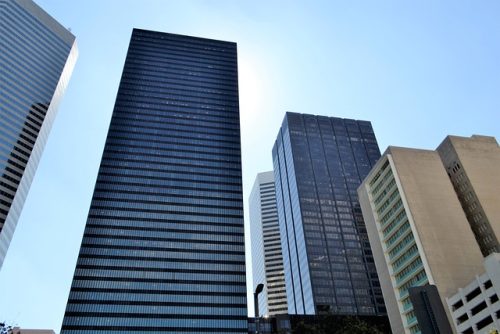
- Eggshell Tiles: As the name implies, these tiles are made by using eggshells. Eggshells are not only a highly rich source of calcium but it is also resistant to UV radiation as well as do not decompose easily unless the right conditions are provided. These properties coupled with the fact that eggshell waste around the world is in tonnes and almost all of it ends up in landfills makes it a great resource that can be used to make tiles- since it cannot be degraded despite being a natural material. The eggshells are dried, crushed and then mixed with a binding agent after which they are shaped and molded as desired. Pigments added to color these are all extracted from plants or other natural sources such as organic waste. For neutral shades, the eggshells may be toasted to obtain those colors for the tiles. It was invented by Elaine Yan Ling Ng, a textile designer for her brand Nature Squared under the line “CArrele“.
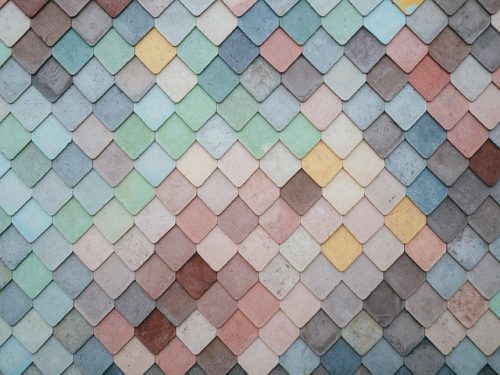
- Hempcrete: For construction, the most popular material used is Concrete. An alternative to it has been invented called Hempcrete. Hempcrete is a mixture of small wood shavings, husks and pieces from plants or plant waste and mixed with hydrated lime that binds and sets by CO2 absorption or mud cement material that results in a construction material that is not only more durable than concrete, but also sustainable and ecofriendly. It is named Hempcrete as it is a mixture of Hemp– the name of the plant from which the wood shavings are obtained (called ‘Hemp Shives’) and Concrete.
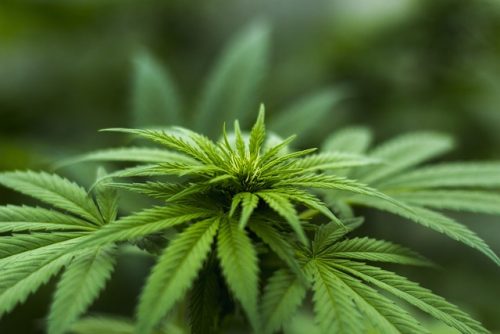
- Cactus Leather: leather made using cactus and not animals hides is called cactus leather. As the leather and tannery industries have one of the highest carbon footprint on the planet, therefore, producing leather from cactus is a great innovation that is sustainable and eco-friendly. Cactus leather is made using the ‘Prickly Pear Cactus’ which is very abundant, fast-growing and doesn’t require pesticides or much water as it is capable of growing in arid condition. These qualities therefore make it sustainable. Twice a year, only the mature pads of the cactus so as to not harm the growth of the cactus. These pads are then cleaned, crushed and left out to dry completely for a few days. After this, fibers are separated from the residue and an extract is made in the lab with various chemicals and colored pigments until a bio-resin is formed. This bio resin is poured over the desired object or surface on top of which the cactus leather will form. This way of forming leather is much more sustainable and eco-friendly as opposed to using cow, crocodile and other animal hides that cause water, air and land pollution.
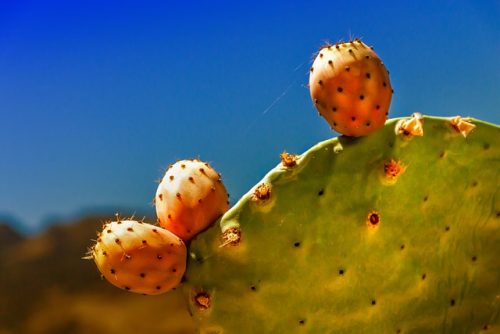
You may also like:
10 Latest Innovative, Environment-Friendly Technologies
10 Green, Eco-Friendly Inventions Helping Restore Ecosystems
We hope you liked this post! Please comment below if you have any suggestions, comments or feedbacks! We at #envpk love hearing from readers! Thanks

